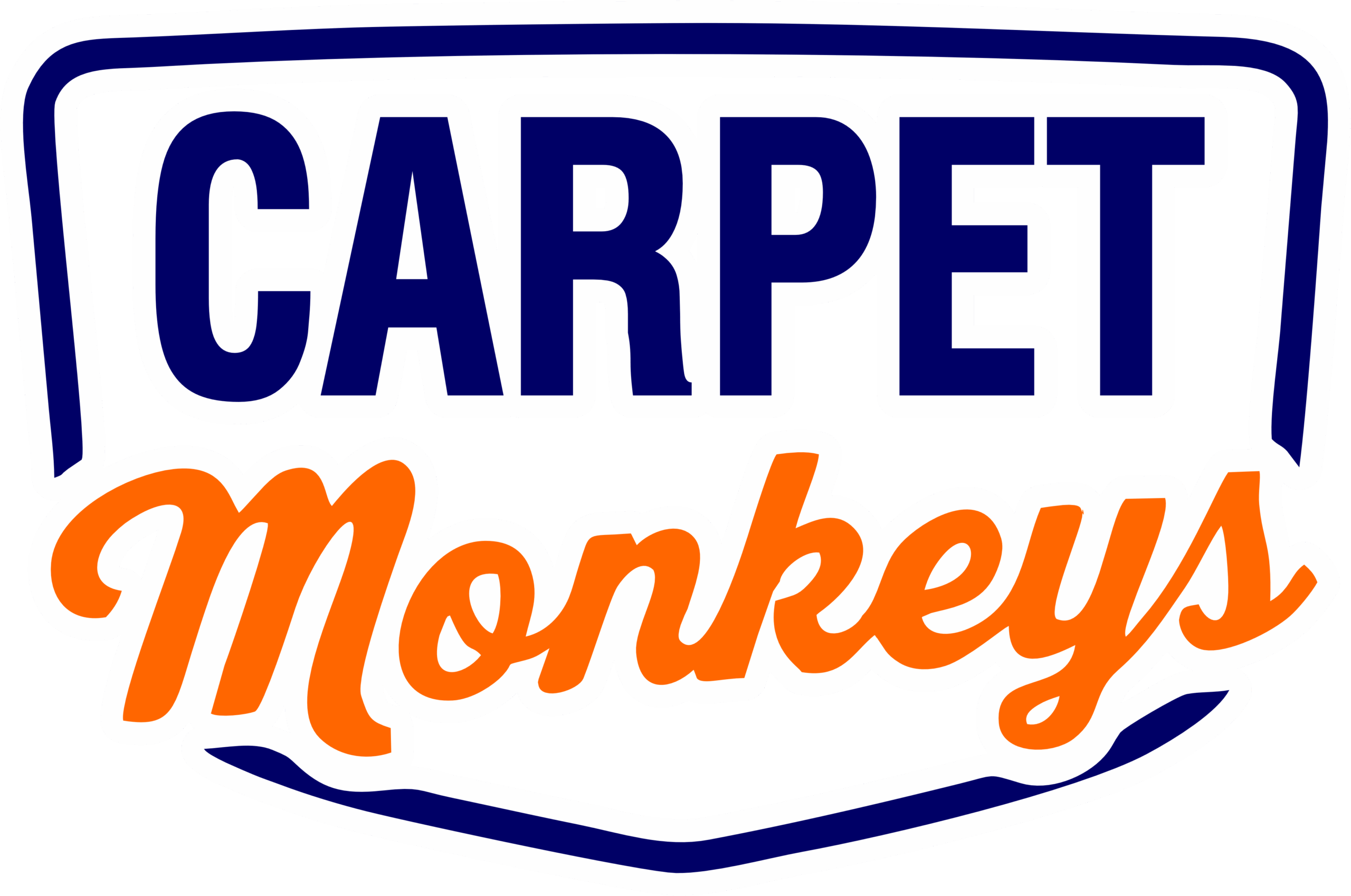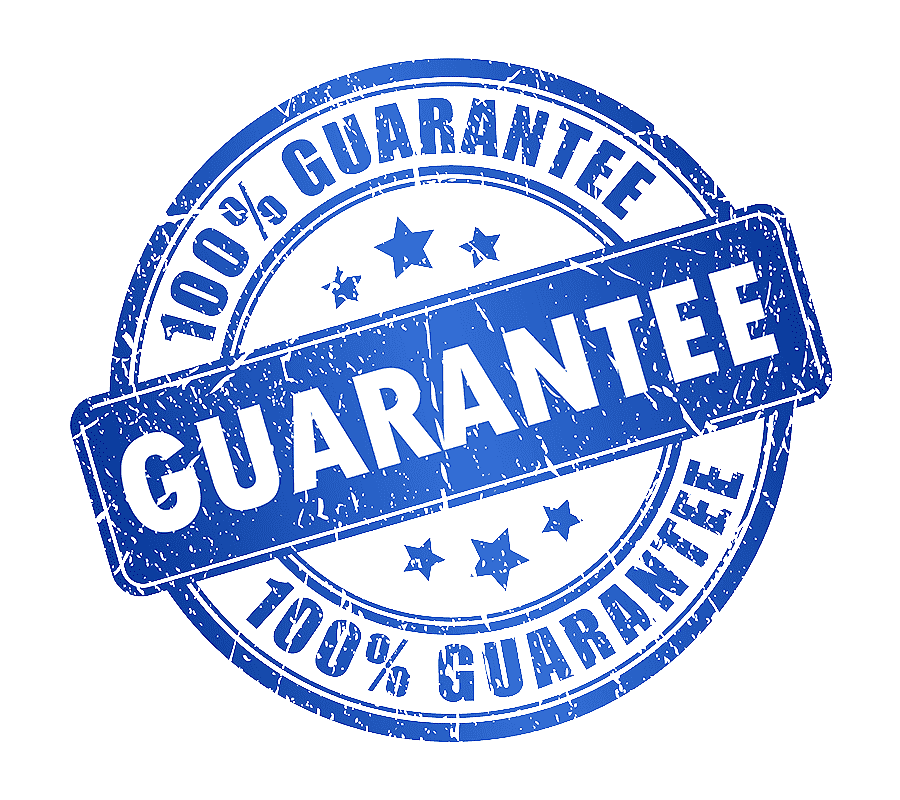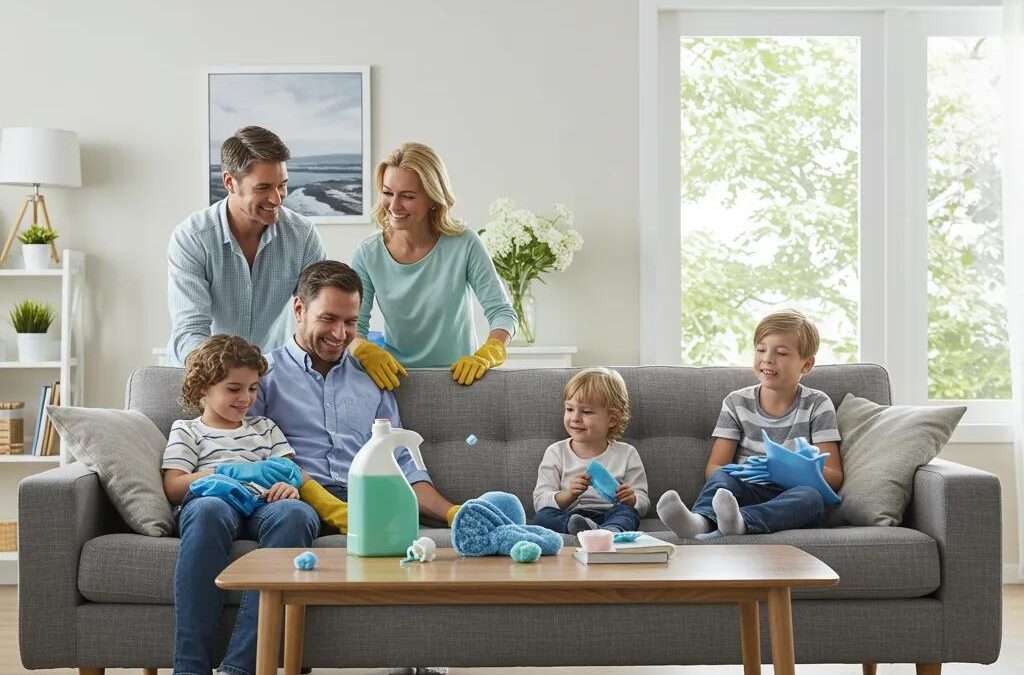Professional upholstery cleaning restores the appearance and health of sofas, chairs, and other fabric or leather furniture by removing deep-seated soils, allergens, and odors. This article explains why professional upholstery cleaning matters in Las Vegas, what materials can be safely cleaned, how a step-by-step cleaning process works, what drives cost, and the practical benefits of choosing a local provider. Many homeowners and renters struggle with pet stains, smoke or cooking odors, and trapped allergens that DIY methods only mask; professional methods extract and neutralize these contaminants to improve indoor air quality and extend furniture life. Below you’ll find clear descriptions of fabric-specific approaches, an actionable cleaning workflow, pricing factors with example ranges, and concise comparisons to help you decide when to schedule a professional service.
Why Choose Professional Upholstery Cleaning in Las Vegas?
Professional upholstery cleaning uses industry-grade equipment and targeted chemistry to remove embedded dirt, allergens, and bacteria that vacuuming and surface cleaning cannot reach. This deeper extraction reduces airborne allergen loads and stops particulate soils from abrading fibers, which helps furniture look better longer. Choosing a professional also lowers the risk of damage from improper DIY techniques and ensures proper drying protocols to prevent mold growth, leading into material-specific recommendations for different upholstery types. Below are the top health and appearance benefits that professionals deliver.
Upholstery cleaning delivers immediate health and aesthetic returns:
- Removes allergens and dust mites that aggravate asthma and allergies.
- Lifts embedded dirt and oils that cause fabric abrasion and discoloration.
- Neutralizes pet odors and biological stains to restore fresher indoor air.
These benefits set the stage for why material-specific methods matter when planning a cleaning.
How Does Upholstery Cleaning Improve Indoor Air Quality and Health?
Upholstery cleaning improves indoor air quality by extracting allergenic particles, pet dander, and bacteria trapped in fabric layers rather than simply redistributing them. Removing these contaminants reduces the sources of airborne allergens and lowers exposure that can trigger respiratory symptoms, making a measurable difference in homes with allergy sufferers or pets. Deep cleaning also eliminates odor-causing molecules and breaks down organic soils with enzyme or encapsulation chemistry, which complements air-quality improvements from routine HVAC filtration. Understanding these health links explains why frequency and method selection should align with household sensitivity and local climate factors.
What Makes The Carpet Monkeys’ Upholstery Cleaning Unique?
The Carpet Monkeys is a veteran-owned, family-run professional cleaning company serving the greater Las Vegas Valley. Their approach emphasizes eco-friendly, child- and pet-safe solutions, punctual appointments with exact arrival windows, and transparent pricing based on square footage before work begins. This combination of reliability, safety, and a 100 percent satisfaction guarantee provides tangible assurance for customers seeking dependable results. These differentiators illustrate how provider choices influence both outcomes and the overall customer experience.
What Types of Upholstery Can Be Professionally Cleaned in Las Vegas?
Different upholstery materials respond best to specific cleaning methods; professionals identify fabric construction and manufacturer codes during inspection to select the safe approach. Common materials include leather, microfiber, velvet,jacquard, and blended synthetics, each requiring adjustments in moisture, agitation, and chemistry. Knowing the right method prevents color bleed, shrinkage, or surface damage and leads directly into practical cleaning recommendations for leather and microfiber. The table below summarizes recommended methods and safety notes for typical materials.
Different upholstery materials and recommended approaches:
| Fabric Type | Recommended Method | Notes / Safety Concerns |
|---|---|---|
| Leather | pH-balanced cleaning + conditioning | Avoid over-wetting; follow with leather conditioner |
| Microfiber | Low-moisture extraction or hot water extraction | Test for colorfastness; can be lifted well with proper agitation |
| Velvet | Gentle dry-clean or controlled steam | High risk for pile crush; specialist techniques required |
| Jacquard | Low-moisture extraction or solvent-based dry cleaning | Pattern dyes may be water-sensitive; test first |
| Delicate/Antique fabrics | Conservation or specialist dry-cleaning | Refer to textile conservator when fragile or historic |
This comparison helps homeowners decide when to trust a professional for sensitive or high-value upholstery.
How Is Leather Upholstery Cleaned Safely and Effectively?
Leather requires mild, pH-balanced cleaners applied sparingly to avoid stripping natural oils, followed by conditioning to restore suppleness and prevent cracking. Technicians inspect finishes and test a small hidden area for colorfastness before any full-surface work, which prevents discoloration. Controlled agitation and minimal moisture reduce the risk of staining or stretching, and conditioning after cleaning replaces oils lost to soils or sunlight. Proper leather care extends usable life and prepares surfaces for light protective treatments.
What Are the Best Methods for Microfiber and Fabric Sofa Cleaning?
Microfiber and woven fabric sofas often respond well to hot water extraction, low-moisture encapsulation, or targeted dry cleaning depending on fabric codes and dye stability. Pre-treatment with enzyme or oxidizing agents lifts organic soils and set stains before mechanical extraction, improving overall results without over-wetting. Professionals match method to fabric code and test for colorfastness, then rinse and extract to remove residues that attract soils. Correct method selection reduces re-soiling and shortens drying time compared with improvised household approaches.
How Do We Handle Delicate and Specialty Upholstery Fabrics?
Delicate and specialty fabrics require colorfastness testing, minimal agitation, and sometimes solvent-based dry-clean methods or conservation-grade treatments. Technicians may recommend referral to textile specialists for antiques or irreplaceable pieces where structural integrity is a priority. When safe, a staged cleaning—testing, gentle pre-treatment, and controlled drying—preserves texture and pattern while removing surface soils. This conservative approach balances cleaning efficacy with long-term preservation.
How Does The Upholstery Cleaning Process Work?
A professional upholstery cleaning process follows defined steps—inspection, pre-treatment, cleaning, rinse/neutralization, and controlled drying—to ensure effective soil removal and fabric safety. Each step targets specific contaminants and sets expectations for outcomes like dry time and required follow-up care. The numbered workflow below clarifies what customers should expect during a typical service and transitions into a comparison table of step outcomes.
Standard professional cleaning steps:
- Inspection and fabric identification to choose safe chemistry and method.
- Pre-treatment and targeted stain work to loosen soils and biological stains.
- Cleaning with appropriate extraction or dry-cleaning equipment to remove soils.
- Rinse/neutralization and thorough drying to prevent residue and mold.
The following table compares each step with expected outcomes and typical dry times.
| Step | Expected Outcome | Typical Dry Time |
|---|---|---|
| Inspection | Accurate method selection | Immediate |
| Pre-treatment | Loosened soils and stains | N/A |
| Cleaning | Removal of suspended soils | 4–12 hours depending on method |
| Rinse/Neutralization | pH balance and residue removal | 2–6 hours |
| Drying/Finishing | Ready-to-use furniture; optional protectant | 6–24 hours |
What Are the Key Steps: Inspection, Pre-Treatment, Cleaning, Rinse, and Drying?
Inspection establishes fabric type, stains, and any structural concerns that influence the cleaning plan and prevents surprises during treatment. Pre-treatment uses targeted chemistry—enzymes for organic soils or surfactants for oily soils—to loosen contaminants before mechanical action. Cleaning employs extraction or solvent systems chosen for the fabric, followed by thorough rinsing or encapsulation to prevent residues that attract soils. Controlled drying and optional fabric protection complete the cycle to restore appearance and function.
Which Eco-Friendly and Safe Cleaning Solutions Are Used?
Modern professional cleaning uses non-toxic, child- and pet-safe solutions that combine surfactants and, when appropriate, enzyme chemistry to break down organic soils without hazardous residues. Encapsulation and biodegradable detergents provide effective cleaning with quick drying and minimal environmental impact, aligning with indoor health goals. These solutions are selected based on fabric compatibility and stain chemistry to avoid damage while delivering allergen reduction. The Carpet Monkeys performs these steps using eco-friendly solutions as part of its service offering to Las Vegas Valley customers.
How Do We Remove Stains, Odors, and Allergens from Upholstery?
Stain removal is a chemistry-and-mechanics process: technicians identify the stain type, apply a matched pretreatment, use mechanical agitation or extraction, and repeat if necessary for set stains. Odor neutralization for pet urine or smoke may require enzyme treatments, oxidation, or targeted odor binders combined with thorough extraction to remove sources rather than mask them. Allergen reduction focuses on deep extraction and HEPA-filtered vacuuming to remove dander and dust mite waste that contribute to indoor allergies. When complex odor or damage is present, professionals recommend follow-up treatments or specialized remediation.
How Much Does Upholstery Cleaning Cost in Las Vegas?
Cost depends on several transparent factors including size, fabric type, stain severity, and presence of pet odors; understanding these drivers helps set realistic expectations. Many providers price by square footage or per-piece estimates after inspection to avoid surprises and to account for required treatments that affect labor and materials. The table below breaks down how common service factors influence price and offers example notes to guide customers when requesting a quote. This leads into how transparent pricing works and the no-hidden-fees approach.
Pricing factors explained:
- Fabric type and piece size increase labor and material needs.
- Stain and odor severity require extra chemistry or repeat treatments.
- Travel, specialized equipment, or upholstery protection add to the estimate.
| Service Factor | How it Affects Price | Example Range / Note |
|---|---|---|
| Size / Square Footage | Directly proportional to labor | Larger sofas cost more than chairs |
| Fabric Type | Sensitive or leather care requires specialty work | Leather maintenance fees may apply |
| Stain / Odor Severity | Additional steps/instruments increase cost | Heavy pet odor may need enzymes or ozone referrals |
These transparent items show why an accurate on-site or measurement-based quote is the most reliable way to plan cost.
What Factors Influence Upholstery Cleaning Pricing?
Fabric composition, the number and size of pieces, and the condition of soils and odors are primary price drivers that determine time and required materials. Specialty fabrics, extensive staining, or odor remediation can require longer on-site time and additional products, which increase the estimate compared with routine cleaning. Seasonal demand and service area logistics also influence scheduling and final pricing, which is why upfront inspection and clear scope definition are essential. Understanding these factors helps customers provide accurate information when requesting an estimate.
How Does Transparent Pricing Work with No Hidden Fees?
Transparent pricing begins with a pre-job estimate based on measurements or an inspection that outlines services included and any potential extra charges that would require prior approval. The Carpet Monkeys provides square-footage-based estimates and communicates additional charges only when agreed upon, adhering to a no-hidden-fees policy and a 100 percent satisfaction guarantee. This clarity lets customers compare options confidently and schedule services without surprise charges. Clear estimates also make it straightforward to plan protective add-ons or follow-up visits.
What Are the Benefits of Choosing The Carpet Monkeys for Upholstery Cleaning?
Choosing a local, veteran-owned, family-operated provider delivers reliability, a focus on safe chemical choices, and a guarantee that prioritizes customer satisfaction and punctual service. The Carpet Monkeys emphasizes exact appointment windows, eco-friendly solutions registered safe for children and pets, and specialized expertise in pet odor removal—attributes that translate to dependable results and peace of mind. Below are practical benefits to expect when selecting a professional partner for upholstery care, followed by how their guarantee and punctuality support the service experience.
Key customer benefits include:
- 100 percent satisfaction guarantee ensuring follow-up or remediation.
- Use of child- and pet-safe, eco-friendly cleaning solutions.
- Punctual, reliable appointments and transparent, square-footage pricing.
These points illustrate how provider choices affect both outcomes and the overall experience, and they lead into explanations of the guarantee and punctuality.
How Does Our 100% Satisfaction Guarantee Work?
The 100 percent satisfaction guarantee provides customers recourse if results do not meet agreed expectations, offering follow-up treatments or remediation until the agreed outcome is achieved. Customers request a review of the work when concerns arise, and providers typically schedule a timely re-clean or adjustment at no additional charge when the issue falls within the original scope. This guarantee builds trust by aligning provider incentives with customer satisfaction, and it emphasizes the importance of clear scope and communication before work begins. Knowing this process helps customers feel secure when scheduling service.
Why Is Punctuality and Reliability Important for Your Cleaning Appointment?
Exact appointment times reduce waiting and allow customers to plan around the service, which improves convenience and satisfaction compared with vague arrival windows. Reliable start times also help crews sequence work effectively, reducing rush and improving attention to detail during inspection and cleaning. For customers with multiple pieces or tight schedules, punctuality ensures that technicians have the time needed to perform proper pre-treatment and drying protocols. This consistent reliability strengthens long-term service relationships.
How Do Our Services Extend Furniture Lifespan and Restore Appearance?
Professional deep cleaning removes abrasive particulate soils that accelerate fiber breakdown while lifting oils and residues that stain and darken fabric, thereby restoring appearance and delaying replacement. Proper cleaning and protective treatments reduce pilling, matting, and color loss, preserving both look and function. Regular professional maintenance combined with spot care guidance extends usable life and maintains healthier indoor air quality over time. These restorative benefits make scheduled upholstery care a cost-effective alternative to early replacement.
Frequently Asked Questions
How often should I schedule professional upholstery cleaning?
It is generally recommended to schedule professional upholstery cleaning every 6 to 12 months, depending on usage, household conditions, and the presence of pets or allergies. High-traffic areas or homes with pets may require more frequent cleaning to maintain appearance and indoor air quality. Regular cleaning not only enhances the look of your furniture but also prolongs its lifespan by removing dirt and allergens that can degrade fabric over time.
Can I clean my upholstery myself, or should I always hire a professional?
While DIY upholstery cleaning is possible, it often lacks the effectiveness of professional methods. Home cleaning solutions may not penetrate deeply enough to remove embedded dirt and allergens, and improper techniques can lead to damage. Professionals use specialized equipment and cleaning agents tailored to specific fabrics, ensuring thorough cleaning without risking harm. For valuable or delicate upholstery, hiring a professional is usually the best choice to ensure safe and effective results.
What should I do to prepare for my upholstery cleaning appointment?
To prepare for your upholstery cleaning appointment, remove any items from the furniture, such as cushions, throws, or decorative pieces. Vacuum the upholstery to eliminate loose dirt and debris, if possible. Ensure that the cleaning area is accessible for the technicians, and inform them of any specific stains or concerns you have. This preparation helps the cleaning process go smoothly and allows the professionals to focus on delivering the best results.
Are the cleaning solutions used safe for children and pets?
Yes, many professional upholstery cleaning services, including The Carpet Monkeys, prioritize the use of eco-friendly and non-toxic cleaning solutions that are safe for children and pets. These products effectively clean without leaving harmful residues, making them suitable for households with sensitive individuals. Always inquire about the specific cleaning agents used and their safety certifications to ensure peace of mind regarding your family’s health.
What can I expect during the upholstery cleaning process?
During the upholstery cleaning process, you can expect a series of steps: inspection of the fabric, pre-treatment of stains, deep cleaning using appropriate methods, rinsing or neutralization, and controlled drying. Each step is designed to ensure thorough cleaning while protecting the fabric. The entire process typically takes a few hours, depending on the size and condition of the upholstery, and you will be informed about the expected outcomes and drying times.
How can I maintain my upholstery between professional cleanings?
To maintain your upholstery between professional cleanings, regularly vacuum to remove dust and debris, and promptly address spills or stains with appropriate spot-cleaning techniques. Use fabric protectants to help repel stains and dirt, and rotate cushions to ensure even wear. Additionally, consider using throws or covers in high-traffic areas to protect the fabric. These practices can help extend the life of your upholstery and keep it looking fresh.
What should I do if I notice a stain after cleaning?
If you notice a stain after your upholstery has been cleaned, it’s important to act quickly. Blot the stain gently with a clean, dry cloth to absorb any excess liquid. Avoid rubbing, as this can spread the stain or damage the fabric. Contact your upholstery cleaning service to discuss the issue; many professionals offer follow-up services or advice on how to treat specific stains effectively. Prompt action can often prevent permanent damage.
Conclusion
Investing in professional upholstery cleaning not only enhances the aesthetic appeal of your furniture but also significantly improves indoor air quality by removing allergens and odors. With tailored cleaning methods for various fabric types, you can ensure the longevity and health of your upholstery. Choosing a reliable service like The Carpet Monkeys guarantees satisfaction and peace of mind with eco-friendly solutions. Schedule your appointment today to experience the transformative benefits of expert upholstery care.





